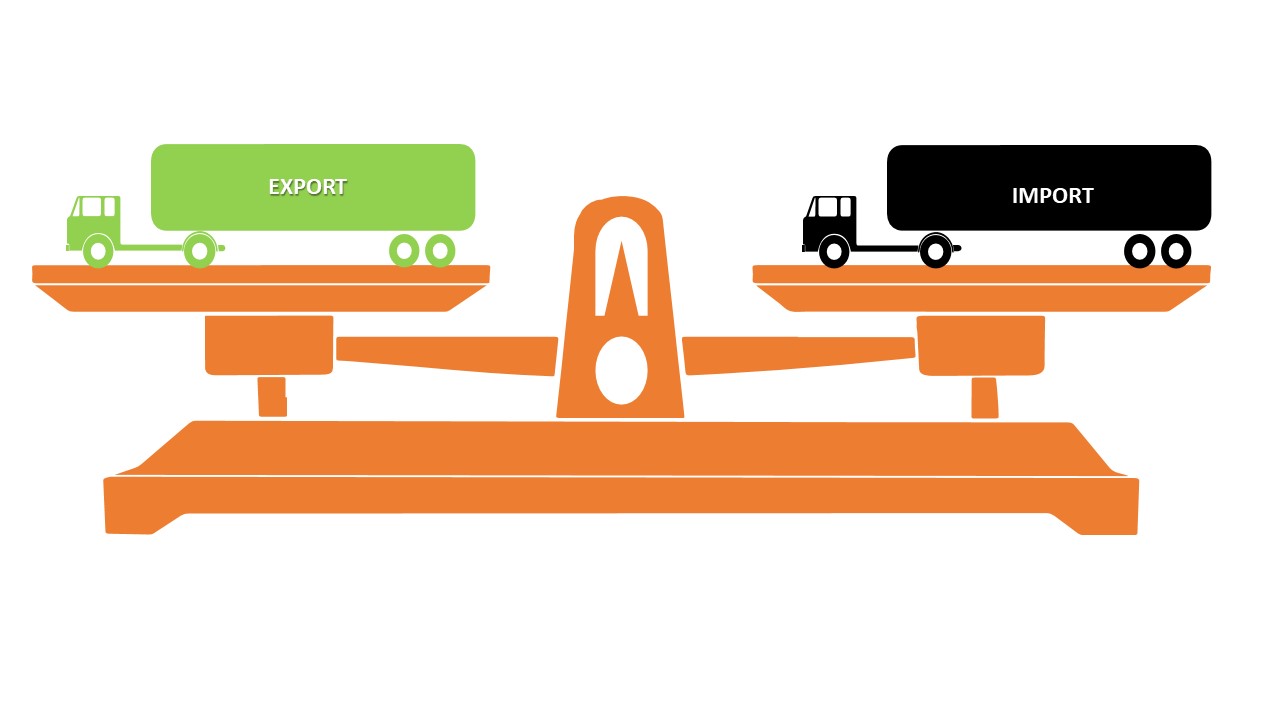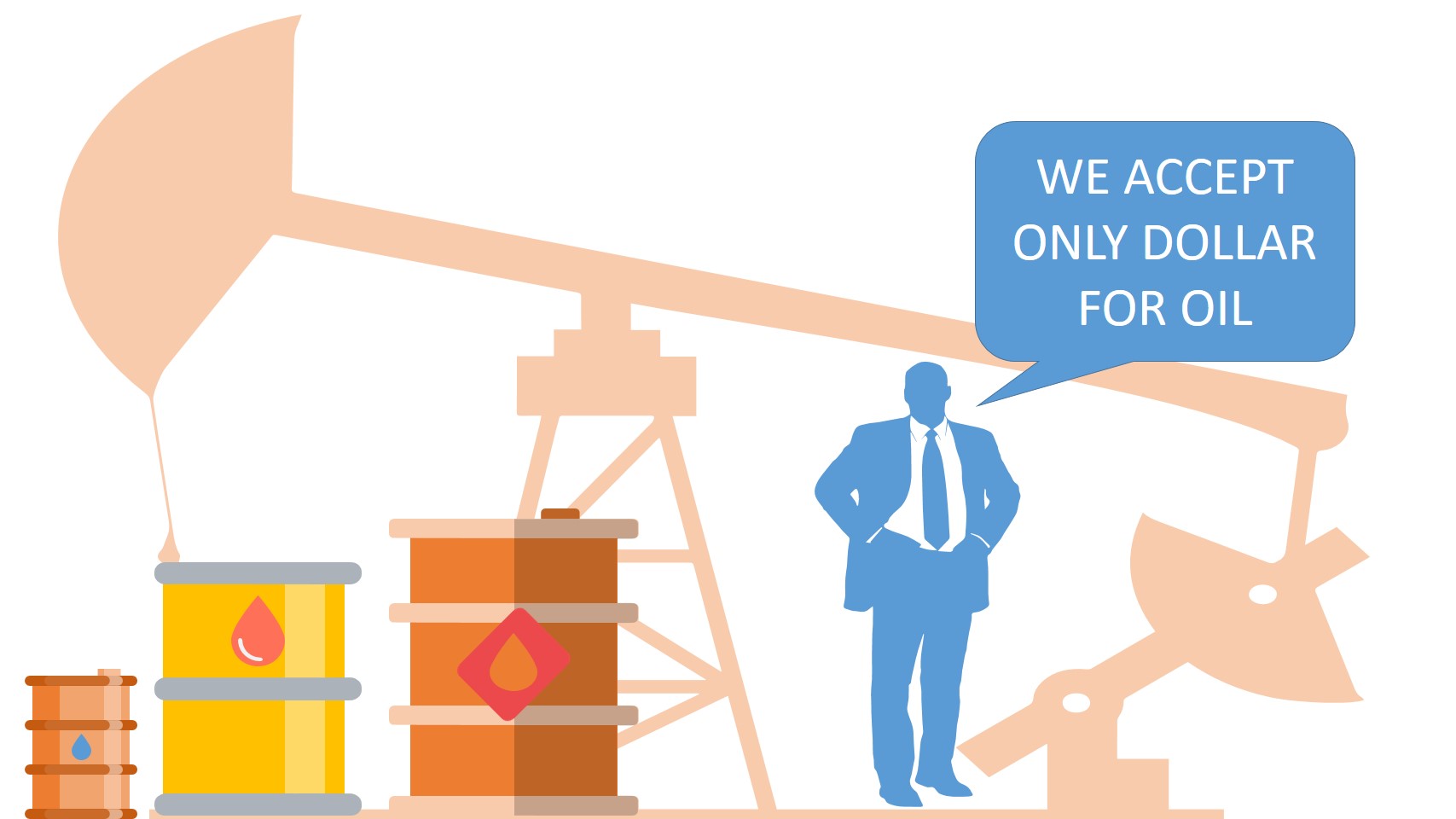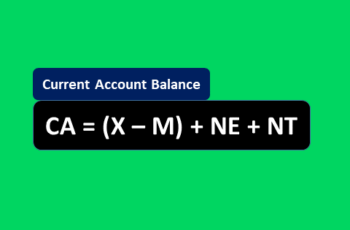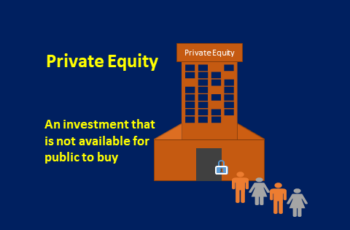What Is the Unemployment Rate?
The unemployment rate is the portion of the working population that does not have a job relative to those that have.
Governments, stock market participants, and banks pay close attention to it due to its importance.
Someone is unemployed if he is of working age, willing to work, able to work, has sought job in the last 30 days, and cannot find a job at the current wage rate.
Let us explain further the above terms.
Working Age
Someone unemployed should be at the age who can work. Children and elders cannot be counted in the unemployment rate if they are unemployed.
Working age varies in different countries, depending on the ability and health of their citizens. The range of working age will be wide if its citizens are healthy.
The working age in the United States and Japan is 15 to 64 years old. The working age in India is from 15 to 59, which is a developing nation.
Willing to Work
To be counted as unemployed, someone should be willing to work but cannot find a job.
Some people do not want to work, so they are counted as unemployed. For example, children of rich people who want to finish their Master’s degree, and rich people who have retired at a young age are not considered as unemployed, if they do not work.
Able to Work
Someone should be able to work even if they are of working age. Those who are unable, such as disabled and sick people who have chronic diseases, are not working, and are not counted as unemployed.
Seeking For Job Actively
To be counted as unemployed, a worker should actively seek a job at least for one month.
Current Wage
A worker should accept the current wage rate if he is not employed. Otherwise, he will not be considered unemployed.
Someone whose professionality level is high, and requests $1m monthly is not justified and not counted as unemployed.
The key is that the wage should be at market wage, neither too high nor too low.
Problems with Unemployment Rate Definition
The unemployment rate definition is not error-free. Thus, you should consider these issues during the analysis of the unemployment figure, and they are:
1. Employment Participation Rate
Calculating the unemployment rate is defined by conducting a survey. Because the survey is not error-free, neither is the unemployment rate.
Moreover, the participation rate of the survey is a small labor population compared to the whole society. Therefore, the survey may not represent all of the working population.
Furthermore, there are more errors such as selection errors and calculation errors.
2. Discouraged Workers
Discouraged workers are people that have stopped searching for jobs due to failures in finding a job formerly. These workers have no place in the survey. However, if these people could find jobs, they were regarded as employed workers.
3. Political Will
The incumbent party is not interested in reporting a high unemployment rate because it damages its reputation.
An example would be India. Critics claim that the real unemployment rate is much higher than the report from the BJP government.
4. Seasonal Workers
Some workers work in specific seasons, such as agriculture workers. Agriculture workers cannot find a job during winter. They are willing to work, and able to work but cannot find a job. To solve this issue, some agencies adjust it, which is called the seasonally adjusted unemployment rate. The seasonally adjusted unemployment rate is also full of error because it is highly unlikely to adjust perfectly.
How to Calculate the Unemployment Rate?
The calculation of the unemployment rate is simple.
Division of the number of employed people by the labor force and multiplying by 100 gets us the unemployment rate. The labor force is the portion of the population that qualifies for working.
So, the unemployment formula is:
Unemployment rate = unemployed individuals/labor force * 100
8 Types of Unemployment
Governments categorize unemployment to seek a better plan for the economy. And investors want to know the unemployment type to decide whether to invest in a country or not.
Here are eight types of unemployment that are important to understand.
1. Natural Unemployment
The natural unemployment rate refers to the proportion of the unemployed labor force due to the labor market structure.
Natural unemployment exists in a nation due to unskilled workers and those replaced by new technology. In the future, robots will replace a huge portion of workers, which may increase the natural unemployment rate.
Some workers prefer to change their professions, and some are willing to work for another company which bolsters the natural unemployment.
It is essential for an open economy, making it more flexible and a better allocation of expertise. In a free market, this rate is higher due to the freedom of labor movement. In socialist economies and communist countries, natural unemployment is low due to the low flexible movement of the workforce.
2. Full Employment
Full employment refers to a labor market condition where all professional and non-professional workers/employees have jobs.
In a free market, full employment is unattainable, and if achieved, it will be unsustainable due to the freedom of labor movement among companies.
In a communist country, full employment might be attainable because the government controls everyone and can force them to work where it wishes.
3. Hidden Unemployment
Hidden unemployment is also known as underemployment. Underemployed people are those who can earn more or perform a better job but are working in a lower position or part-time.
For example, if a finance specialist works as a construction worker due to not finding a finance job, even if he has a job, he is underemployed.
4. Frictional Unemployment
Frictional Unemployment refers to the time between losing/leaving a job and finding a new job.
For example, mothers returning to work after giving birth, students seeking a job after graduation, and a professional resigning from a job to find a better, until they find a new job, are part of the frictional unemployed.
5. Long-Term Unemployment
Long-term unemployment refers to unemployed people who have not found a job in the last 6 months.
For someone unemployed for months or years, it is difficult to find a job. Hirers look down on them and even lose respect among family members.
6. Structural Unemployment
structural unemployment refers to the mismatch caused by new technology or after a long lay-off.
In these situations, machines replace workers or they need to update their skills.
Those who lost their jobs to machines need to learn new skills and those whose skills are outdated need to update their skills.
7. Seasonal Unemployment
Seasonal unemployment refers to those who lose their job in a season or multiple seasons.
For example, farmers and construction workers in some regions lose their jobs in winter. And they are seasonally unemployed.
8. Induced Unemployment
Induced unemployment also known as real wage and classical unemployment, refers to the unemployment caused by high salaries requested by employees.
And, it often occurs when the government set a minimum wage or labor unions request higher salaries for workers.
How Do Governments Try to Reduce Unemployment?
A high unemployment rate is detrimental. It has a devastating impact on politicians, corporations, and individuals.
Among several negative impacts of a high unemployment rate, it deteriorates the government’s leadership reputation, cut corporations’ profit, and reduces the purchasing power of ordinary citizens.
Thus, any government in the world does its best to reduce the unemployment rate.
Here are some of the most well-known policies that governments try to reduce the unemployment rate.
1. The Government Increases Spending
The government can reduce the unemployment rate by boosting spending. It can build new infrastructures or even give free money to citizens.
When a government increases spending, it hires, and companies that work with the government also hire. Moreover, spending by newly employed employees increases which encourages other businesses to increase hiring.
For example, suppose that the government increased spending by repairing roads. First, the government itself needs new employees to plan and oversee projects. Second, the company that won the auction will hire engineers and workers. Third, an increase in spending by newly employed workers causes the opening of new shops and even schools. All of them increase employment.
2. The Government Cuts Taxes
A tax cut has a direct impact on the economy. It encourages businesses to invest more, and consumers to spend more. Both cause higher employment in society.
A cut in taxes boosts the profits of businesses. And higher profits persuade businesses to open new branches or raise production volume. In any case, employment will rise.
A cut in taxes on individuals will increase their spending followed by an increase in supply and production. And an increase in supply and production will boost employment.
3. The Government Raises Import Tariffs
Tariffs are taxes on products that a nation buys from abroad.
To persuade domestic production, the government can raise import tariffs.
Tariffs have direct impacts on domestic production and employment.
High import tariffs make foreign products more expensive and domestic products cheaper.
Thus, high tariffs increase employment through domestic production increase.
4. The Government Cuts the Interest Rate
Cutting interest rates reduces the financing cost (borrowing cost) of businesses and individuals.
Businesses borrow to operate and pay interest for the borrowed amount. A lower interest rate leads to a lower cost of operation and encourages investments to boost production. An increase in production requires more employees, which cuts the unemployment rate.
Individuals borrow money from banks to buy homes, cars, vacations, etc. A lower interest rate induces them to purchase and increase employment indirectly.
5. Training For New Skills
When machines replace workers, or the job is not paying high, there is no other option but to learn a new skill. And hope to get a job after training.
It takes time, but the government thinks of it years ahead in countries such as China and Vietnam.
How to Find the Employment Rate?
There are three sources to find the unemployment rate data, economic calendars, official websites, and private data providers.
1. Economic Calendar
The economic calendar is the best choice for investors. As an investor, you get the data the second it becomes available to the public. And you see its impact instantly.
Moreover, an economic calendar provides you with its historic data and a short description too.
Here is the economic calendar on Srading.com from the Dukascopy Bank.
The economic calendar shows the unemployment rate impact is medium. Moreover, it presents the forecasted percentage and the rate of the previous month.
By clicking on the unemployment rate, the following chart appears.
The above screenshot shows a short description of the unemployment rate event.
Historical values tab looks like this.
The bottom of the chart show, the scale, date, actual (reported data), and forecasted data.
In the main area, you can hover your mouse to see past data.
2. Official Sources
Official websites of the agency that survey is a governmental agency.
It is a source that all other providers get and publish.
For example, in the U.S., the Bureau of Labor Statistics releases the unemployment rate in a PDF format.
The news release contains detailed data about unemployment, such as employed people based on their gender, ethnicity, changes, sectors, and so on.
Here is a list of official unemployment rate data sources from notable economies.
- USA: U.S. Bureau Labor of Statistics
- Europe: Eurostat
- Germany: The Federal Employment Agency’s statistics and labour market
- Canada: Statistics Canada
- UK: National Statistics
- Japan: Ministry of Internal Affairs and Communications
- France: The National Institute of Statistics and Economic Studies
3. Private Data Providers
Private data providers gather unemployment rates from across the world and organize them for their customers.
For example, tradingeconomics.com is a free-to-use website that collects data, organizes, and gives customized read data.
And it shows the historic data like this.
source: tradingeconomics.com






